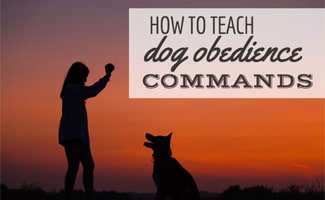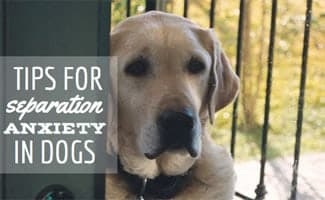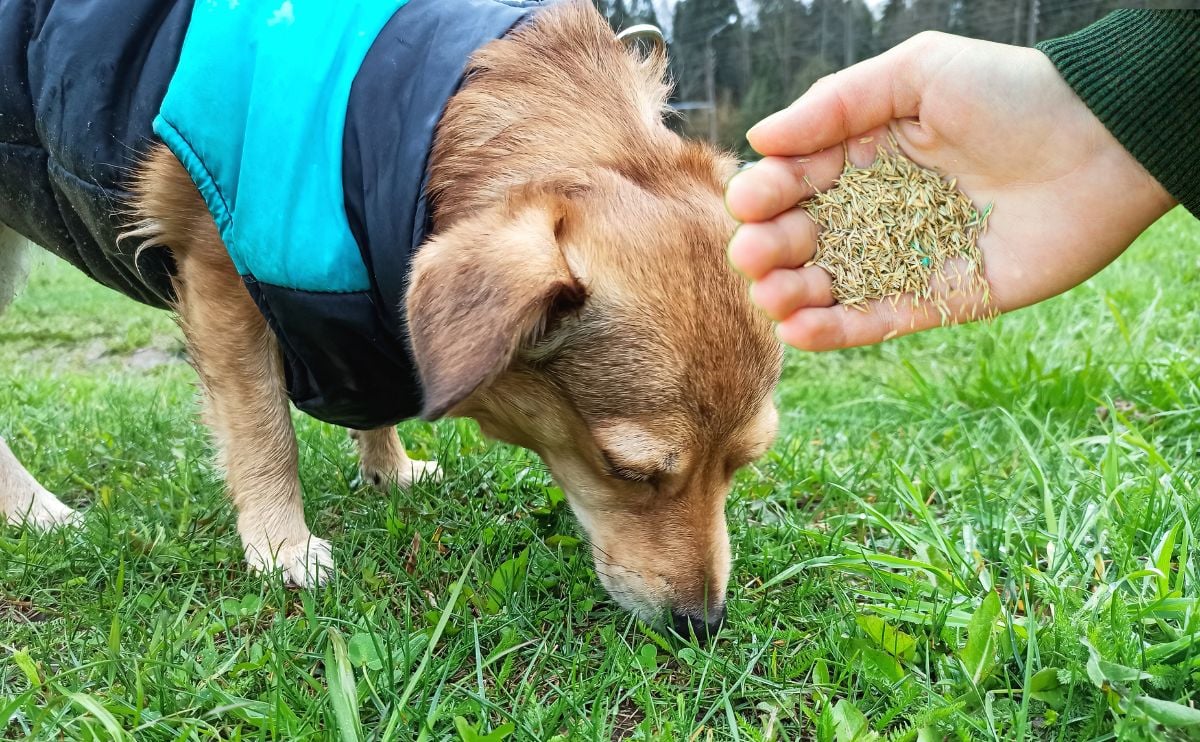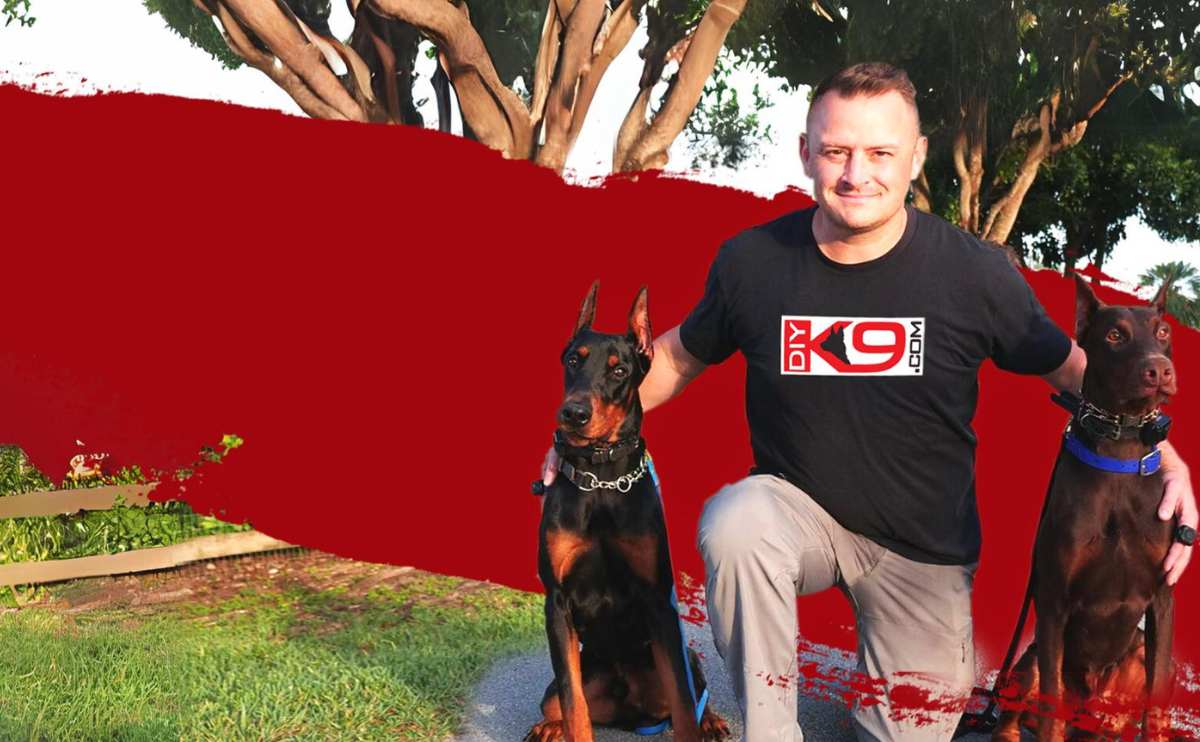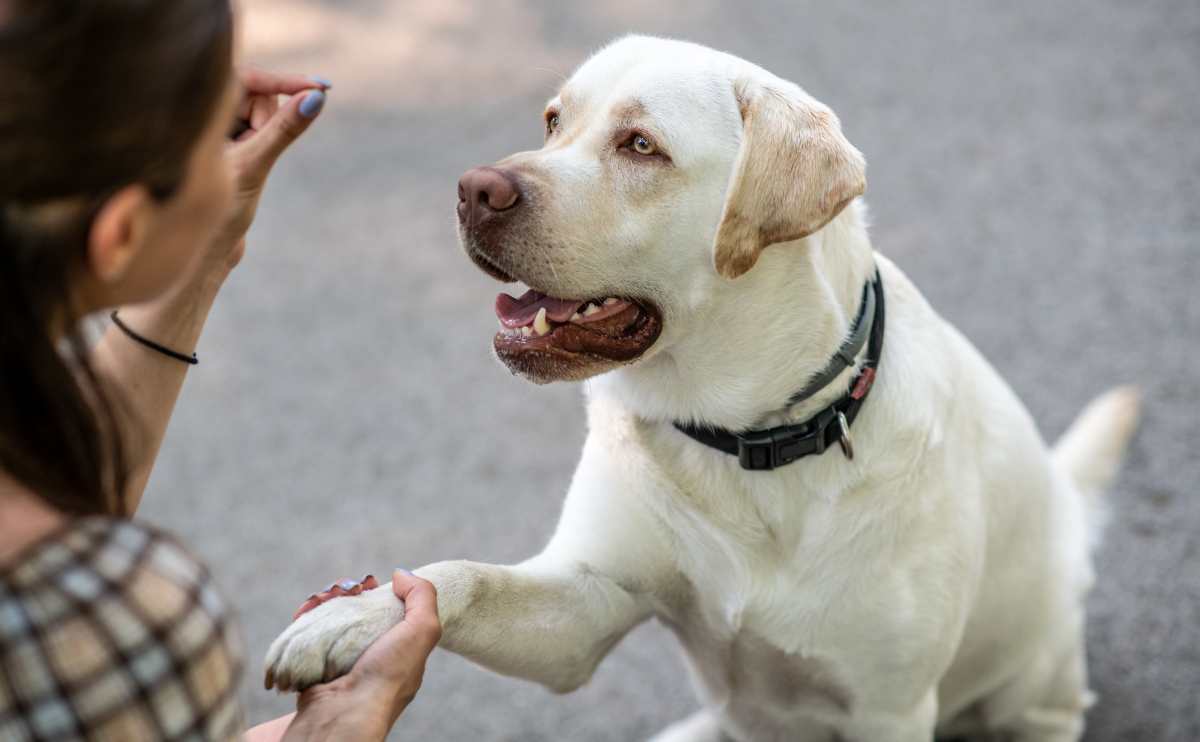When you purchase through links on our site, we may earn a commission. Here’s how it works.

Bringing home an adult dog is an unusually large undertaking for any family. Whether this is your first or fiftieth dog coming into your home, there are a few things that you should always keep in mind. A unique and unexpected challenge that we often see in rescue cases is the necessity of house training an older dog.
Puppies vs Adult Dogs
Many families choose to bring an adult dog into their home after deciding to adopt a family pet and realizing that they were just not cut out for puppyhood. Many animal shelters and rescue organizations are overflowing with adult dogs that offer a few perks that do not come with new puppies. Not only are you saving an older animal’s life, but you may also be fortunate enough to skip a few steps in the training process.
Many full-grown dogs come into your home house trained, and crate trained, and some may even know basic obedience commands. Rescue organizations often train older dogs in basic commands to make them more desirable for families.
While there are perks with an adult dog, there are some aspects that may need to be addressed, including house training, crate training, basic obedience, fear issues, dominance issues, health concerns, and bonding.
House Training Basics
House training may be an issue that arises when you bring home your adult dog. For example, some older dogs come from homes where their owners were unable to care for the dog properly anymore. However, most adult dogs will come to you already house trained, requiring very little training to brush up on this skill (generally just a few lessons on where the front/back door is). But this is not the case with all. House training an older dog may be a necessity, so be sure to ask lots of questions before adoption if this is a concern for you.
Recognizing Your Dog
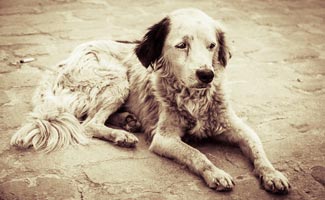
Some adult dogs, however, come in to rescue organizations or shelters after being confiscated from homes where they were left tied to a tree in the back yard. These dogs have no concept of being an “indoor dog” and, while rescue organizations do their part, it will also fall on your head to ensure that your dog learns when and where to “go potty.”
Older dogs can “hold it” longer than puppies do. This means you only need to come home from work once during the day to let your dog out. Senior dogs may begin to lose the ability to “hold it” for extended periods of time.
House training is a relatively simple task with older dogs. Just make sure your dog is taken out to the bathroom shortly following each time he eats and drinks as well as when he wakes up and before bed. When your dog uses the bathroom outside, make sure to give praise or a treat. Older dogs tend to catch on to this process fairly quickly, and your adult dog should be house trained in no time!
Crate Training
Crate training is another skill that your adult dog may or may not already know based on his history with owners. A dog that is already trained may be adopted along with its crate. If not, do your research to find the best crate for your dog’s needs.
A crate should be sized to your dog so it is tall enough to stand in and just wide enough to turn around in so they can “den.” Having a crate gives provides your dog a place to call its own and allows it somewhere to retire to when it’s feeling overwhelmed or stressed. Allowing this option may also allow you to pick up on signals that stress out your new dog.
Crate training also allows you a safe place to keep your dog when you leave the house or when your dog is suffering from anxiety. The crate keeps your home safe from destruction, and your dog safe from potential harm to itself.
Basic Obedience Training
Basic obedience is something that every dog should learn. No matter the age, basic obedience is a rite of passage for a dog. It gives them structure as well as a small dictionary of words that you both understand. Imagine how stressful the move to a brand new family can be for an older dog. Basic obedience classes allow them the opportunity to learn what you expect as well as showcase your dog’s capabilities.
Some adult dogs are already taught basic obedience commands in rescues and shelters, or perhaps they were taught by their previous family. But, this should not be a reason to avoid taking another obedience class to revisit the basics or to learn more advanced skills together. Also, the teaching, learning, and rewarding process of obedience classes allow you and your new adult dog to bond and become closer.
Fear Issues
Fear issues should be something to consider when bringing home an adult dog. Depending on a dog’s history, you may or may not be made aware of any fear issues before bringing your new adult dog home.
Common fear concerns with older dogs include separation anxiety, the fear of thunder/loud noises, the fear of traffic, and the fear of strangers. These fears are particularly common in dogs who have previously been abandoned or who have lived on the streets.
 Separation Anxiety
Separation Anxiety
Separation anxiety is especially common with older dogs that have been given up by their original family or those unused to being left alone. There are a variety of solutions to separation anxiety including crating, leaving the television or radio on when leaving the house, pheromone sprays and collars, and medication. CBD oil has also been shown to help some that suffer from anxiety (ask your vet before administering).
Loud Noises
The fear of loud noises is a particularly common fear among dogs in general, especially the fear of thunder. Dogs that lived in the wild for any amount of time are particularly susceptible to this fear as well as dogs that are nervous or skittish. Dogs that are afraid of loud noises or thunder often do better when left crated with a radio or television to help mask the noise.
Traffic
The fear of traffic is another phobia that is common among adult dogs that have lived in the wild for any amount of time. As a result of having to duck traffic and survive in the wild, many adult dogs have a fear of traffic or cars in general. These dogs can be gently conditioned with the help of treats and praise to become desensitized to this fear, with extreme phobias. However, it is always better to enlist the help of a professional animal behaviorist.
Strangers
Fear of strangers is particularly common in older dogs. Many dogs have trouble adjusting to strangers, especially after disrupting their routines at a shelter or rescue organization. Dogs need to be able to trust their people, and after having their routine upset, they can become doubtful about anyone’s intentions. Some dogs also show fear of strangers when bonded to their new master. A situation like this should always be corrected with the help of a professional animal behaviorist to avoid aggressive fear responses.
Introducing A New Dog
Beyond house training and fears, there are multiple things to consider and prepare for when bringing a new dog into your home
Dominance Issues
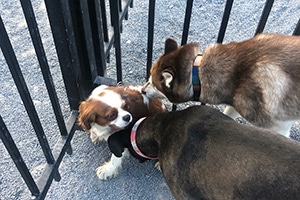
When bringing an adult dog into your home, you should also be aware of any dominance issues. Some dogs have general dominance issues and will fight to show their position as alpha in your household. Some dogs have food dominance and will snap at any other animal or person coming near their dining area. Some dogs have dominance issues with other dogs, be it male on male, female on female, or any other combination.
Dominance issues can be particularly tricky when bringing a new dog home. You should always ask questions to discern a dog’s dominance issues before bringing it home. Knowing what you may face can make it a lot easier to plan the path for correction.
Because dominance issues can, and usually do, generate aggressive responses from the dog in question, they should be discussed with a vet or an animal behaviorist. Dogs with dominance issues should never be brought into a home with young children as they can be unpredictable until the dominance response has been neutralized. Adult dogs with dominance issues can be trained by professionals to become desensitized to their dominance triggers.
Health Concerns
One of the biggest concerns when bringing an adult dog into your home is that of health issues. Sometimes due to the adult dog being wild or coming from a questionable home, its health history is unknown. However, when a dog comes from a home where the owner has passed away or simply cannot care for it anymore, the entire health history can often be obtained.
Even when a dog’s health history is unknown, shelters generally give the dogs a once over exam to check for significant health concerns. Health concerns can often be treated, uncovering an excellent dog to bring home. But it does signal a need to research the health condition and ensure that you can adequately provide for the dog.
Caring for a dog with health concerns can be as simple as giving your dog a daily supplement or as complicated as administering shots for diabetes. Make sure that you are aware of your dog’s entire health situation to ensure a good match between you and your new adult dog.
 Bonding
Bonding
Bonding is a particularly important aspect of bringing your adult dog home. Introducing an animal into a new home life can be particularly stressful for you and the dog. So it is vital to schedule time to work together on obedience and play so that you can bond. Dogs bond relatively quickly with their master because they depend on a routine that is led by their caretaker.
Falling quickly into a routine and spending quality time teaching your dog basic obedience commands are two of the most important things you can do to ensure that your dog bonds to you and starts to see you as its master.
Video: How To House Train An Older Dog
Zephyr Clarke-Dolberg, a certified professional dog trainer from Miami, FL, shows us the principles of house training older dogs.
Attention, Love, And Discipline
When bringing an adult dog home, the points of consideration are different than they would be with a new puppy, but they are still there. While an adult dog may not require all of the instruction that a new puppy would, they still require an equal amount of attention, love, and discipline to ensure that your new home is a happy one.
When bringing a dog home, the most important thing to remember is that your dog is just that, a dog. Don’t set your expectations too high and don’t punish your dog for not understanding what you want from them. The truth is that it was probably your command that didn’t make sense rather than your dog’s misunderstanding of it.
The challenges of bringing home an older dog are significantly different from the challenges of bringing home a new puppy. While one is not easier nor more complicated than the other, there are challenges that you should be prepared to handle before bringing an older dog home. In the end, be patient and know that any training takes time.
If you need help beyond these tips, we recommend looking into professional help from an online dog trainer so you can get assistance right away from the comfort of your home.
Tagged With: Aging, Crate Training, Housetraining
